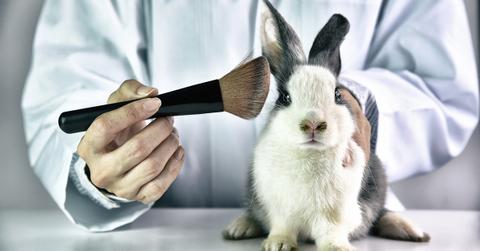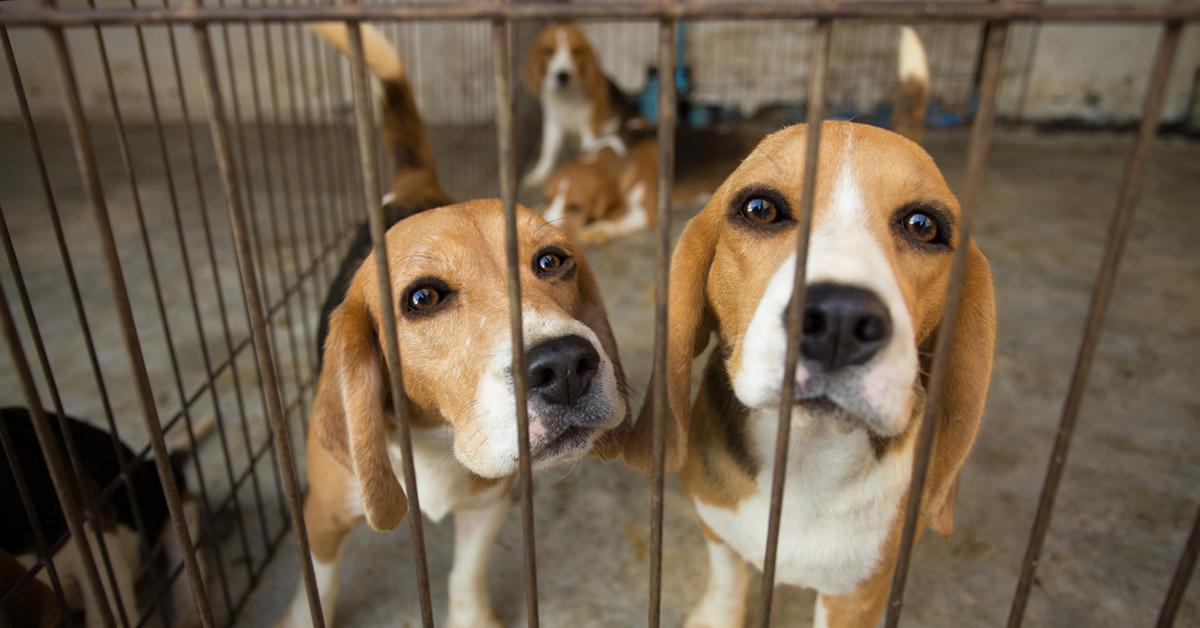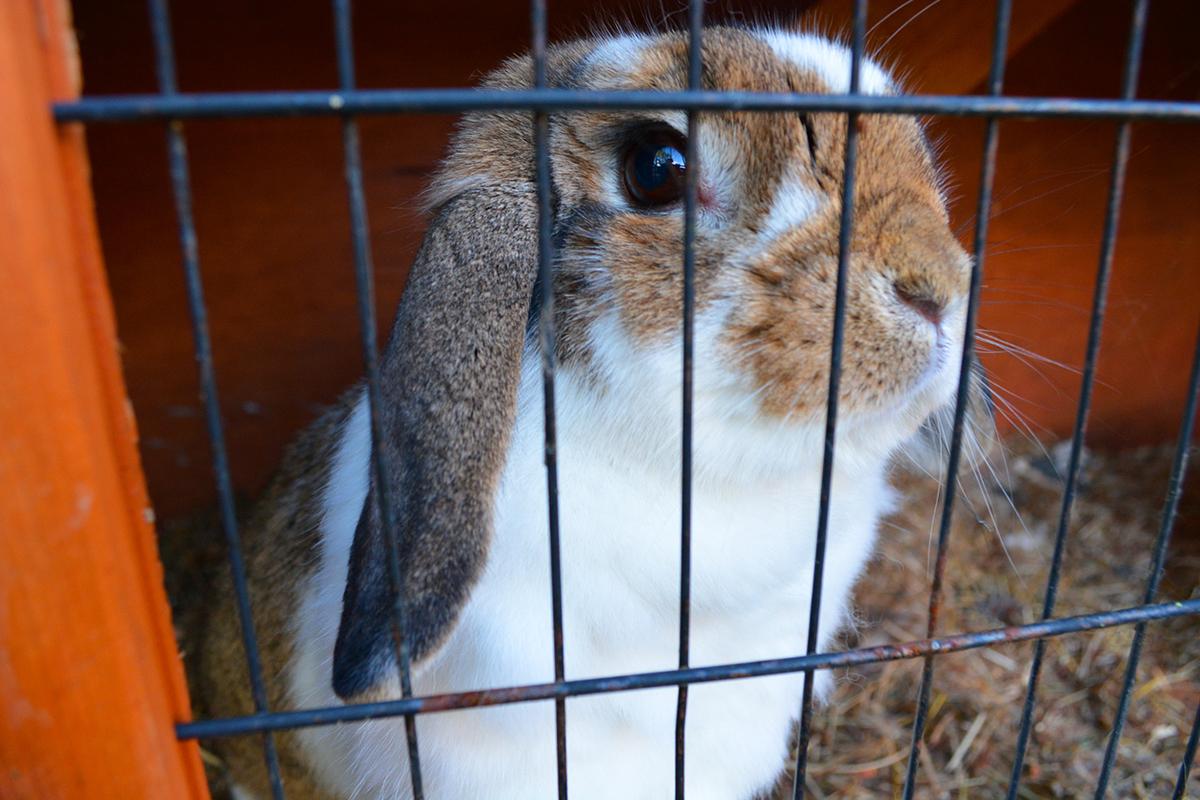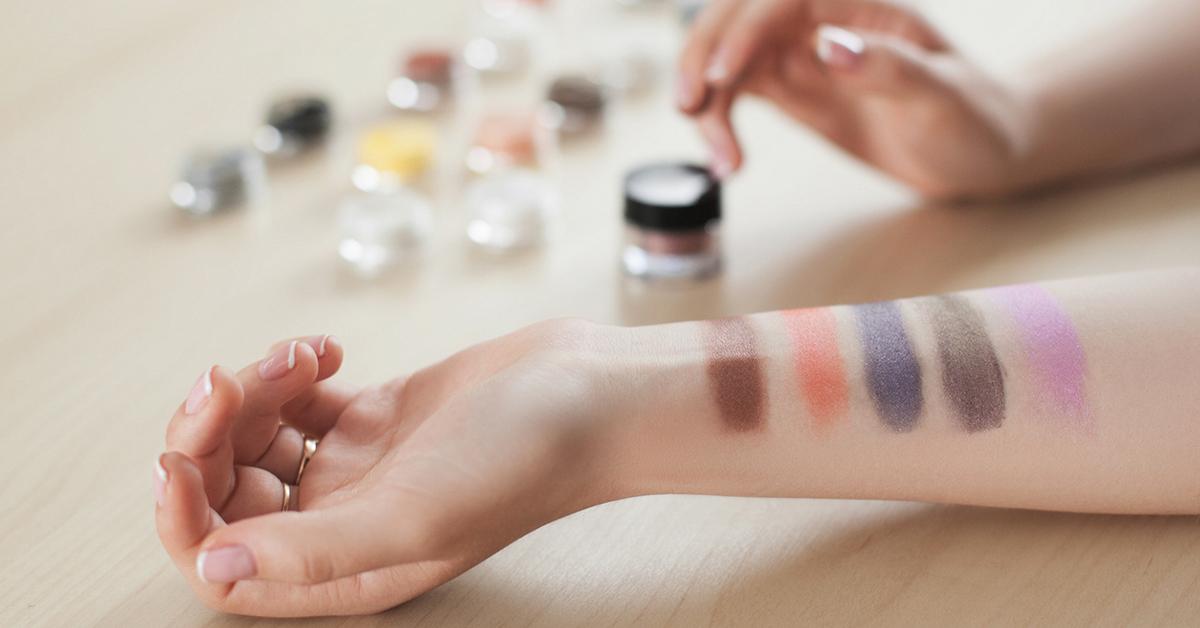What Are Cruelty-Free Products Tested On?
The label of “cruelty-free” isn’t regulated by the FDA — so what does it really mean to be cruelty-free?
Updated Dec. 10 2019, 2:30 p.m. ET

Like many environmentalists, you probably do your best to live a conscious lifestyle. You eat plant-based as much as possible, throw food scraps in the compost, and opt for products provided in sustainable packaging. But even despite all of these conscious, sustainable, and (often) vegan efforts, things aren’t always what they seem. Take labels like “organic” and “cruelty-free” for example — these buzzwords are coveted by many shoppers, but the truth is these labels are unregulated by the government. Meaning, you might not be getting what you think you’re getting, despite the messaging.
“Cruelty-free” is a popular claim that often finds its way on clothing, skincare products, makeup products, and other cosmetics and beauty-related items. An item that doesn’t say “cruelty-free” might be substituted with “not tested on animals.” But if both of these labels are not regulated, what do “cruelty-free” and “not tested on animals” really, truly mean?
What Are Cruelty-Free Products?

Cruelty-free products claim to not harm animals. Since testing cosmetics on animals can cause harm or even kill the animals, products that practice animal testing are not cruelty-free. The phrase came about in the 1950s as part as the animal rights movement. By the 1970s, it was a household term.
Despite these labels being popular or coveted, millions of animals are killed each year when animal testing goes awry. According to an article published in Santa Clara University, about 20 million animals are experimented on and killed annually, three-fourths for medical purposes and the rest to test various products. It’s also estimated that eight million are used in experiments that cause pain to the animals and about 10 percent of these creatures are not given painkillers as part of the process.
Cruelty-free products — or the idea behind cruelty-free products — seek to take animal testing out of the cosmetics equation. However, “cruelty-free” is an unregulated term refers to the process of testing out the products; it does not refer to the ingredients inside the product itself.
As mentioned above, “cruelty-free” and “not tested on animals” are unregulated claims. According to the U.S. Food and Drug Administration, no legal definitions for either of these terms currently exist (though there are many organizations dedicated to regulating the terms, such as the Leaping Bunny Program). And yet, you seem them everywhere, don’t you? On lipstick tubes, shampoo and conditioner bottles — even on your hand soap or lotion. Since the use of these terms is completely unrestricted by the government, companies or products that claim to be “cruelty-free” or “not tested on animals” may not be telling the whole truth about their ingredients.
Are Cruelty-Free Products Tested on Animals?

The answer is, well, complicated. In theory, the term “cruelty-free” is supposed to refer to products that do not harm or test on animals. However, since the terms are unregulated, companies do not have to be transparent about a product’s ingredients.
Companies can slap a “cruelty-free” label on a finished cosmetic product, which means that, in their own facilities, no ingredients were tested on animals. But no cosmetic company works alone; according to the FDA, cosmetic companies could use raw material suppliers or contract laboratories that indirectly use animal testing to ensure an ingredient — or product as a whole — is safe.
That’s not the only way in which the “cruelty-free” label is less than transparent. In more recent years, animal rights advocates have gained more traction in the campaign to do away with animal testing. More people look for these labels and more people want to use products that don’t harm animals. You know, because puppies and bunnies and cute fluffy fur-babies. But there was a point in time when animal testing was the standard and society didn’t know (or probably care) about how their products were tested. For this reason, many raw materials have already been tested in the past and are still used today.
So, what does that mean exactly? That means an ingredient used in what’s now billed as a “cruelty-free” product could have been initially tested on animals years ago in order to ascertain its safety. The product is still technically allowed to be called “cruelty-free” because that ingredient (which has already been approved as safe, thanks to past animal testing) is not currently being tested on animals.
What Are Cruelty-Free Products Tested On?

It’s not all bad — true-blue “cruelty-free” products do exist. Companies that don’t “greenwash” their products or ingredients may utilize other, safer tactics in place of animal testing. These could include anything from researching well-established scientific literature and studies, raw material safety testing, or even controlled human-use, says the FDA.
According to Cruelty Free International, alternative methods to animal testing could include cell cultures, human tissue, computer models, and of course, even human volunteers. With cell cultures, scientists can grow human or animal cells in a laboratory, making smaller, 3D versions of human organs called “organs-on-chips.” This method is particularly helpful in the medical field, as cell cultures have helped scientists better understand illnesses such as various cancers, AIDs, and more. These cultures have also proved crucial in chemical safety testing.
Scientists can also test on human tissue — without needing an alive human volunteer in the room. Human volunteers can donate their tissues — healthy or otherwise — and scientists can use those tissues to better understand both the disease and biology. Human tissues can be donated by someone alive — such as a person who’s had surgery, a biopsy, or transplant — or post-mortem. Both act as more humane alternatives to animal testing.
Scientists can also learn a lot through computer models that are programmed to replicate responses of the human body. With mappings of major organs like the heart and lungs, scientists can conduct “virtual experiments based on existing information and mathematical data,” according to Cruelty Free International.
Lastly, of course, human volunteers are another option that keep animal testing off the table. Different types of technology can measure and observe how human biology reacts to certain treatments, drugs, and more. If more human volunteers submitted to testing, less animals would be killed or injured yearly.
Are Cruelty-Free Products Vegan?
“Cruelty-free” refers to products that have not undergone animal testing, whereas vegan products do not contain any animal byproducts. It’s possible that a product labeled “cruelty-free” might still contain non-vegan ingredients like albumen, beeswax, carmine, cholesterol, collagen, gelatin, or lanolin. If you want to exclusively use products that are both vegan and cruelty-free, look for products that say both on the label. Check the ingredients for the aforementioned non-vegan ingredients, just to be safe.
Are Cruelty-Free Products Safe?
Many people think that in order to determine if a product is safe for human usage, it has to be first tested on animals. But there are plenty of other adequate methods of testing that can prove the safety of a product. Ultimately, cruelty-free products can be safe, but it is important to check the ingredients and make sure they reflect what you’re looking for.
If you are looking for a fully vegan product or have allergies to certain ingredients, you will absolutely want to check the ingredients list of a product before trying or buying it.
How Can I Identify Cruelty-Free Products?
Products labeled “cruelty-free” aren’t always truly cruelty-free. We’ve established that; but what is a person looking for “real” cruelty-free products to do? Luckily, there is a surefire way to identify cruelty-free products, the ingredients of which have not been tested on animals.
Products certified by the Leaping Bunny Program — a program led by the Coalition for Consumer Information on Cosmetics (CCIC), which is an organization made up of eight national animal protection groups — are 100 percent certified cruelty-free. You’ll be able to identify products that are certified by the Leaping Bunny program because these cosmetics feature an icon of a white bunny leaping in the air.
The CCIC is made up of the American Anti-Vivisection Society, Animal Alliance of Canada, Doris Day Animal League, Humane Society of Canada, Humane Society of the United States, New England Anti-Vivisection Society, the National Anti-Vivisection Society, and Beauty Without Cruelty, USA. According to Leaping Bunny, to gain Leaping Bunny certification “requires that no new animal testing be used in any phase of product development by the company, its laboratories, or ingredient suppliers.”